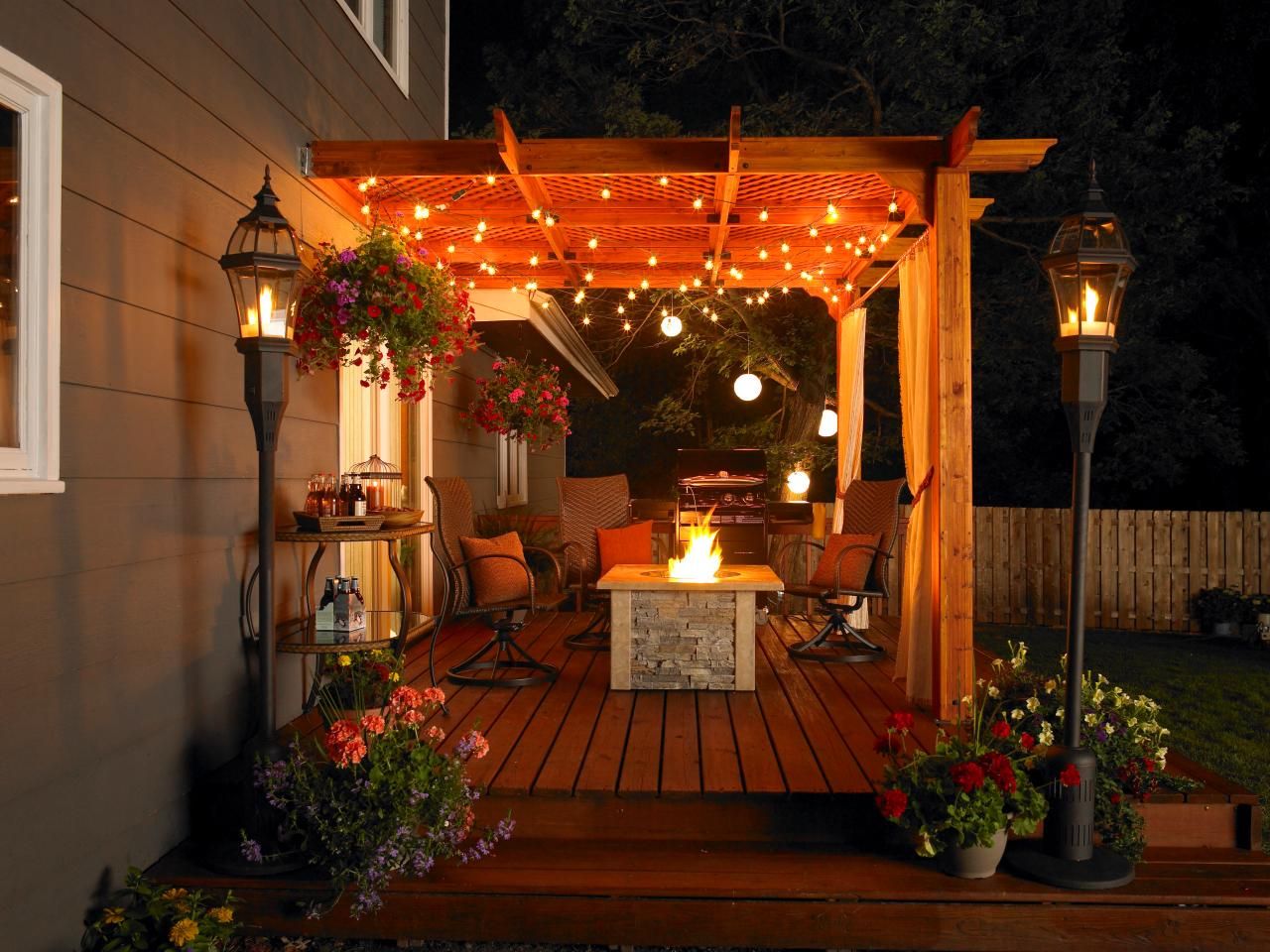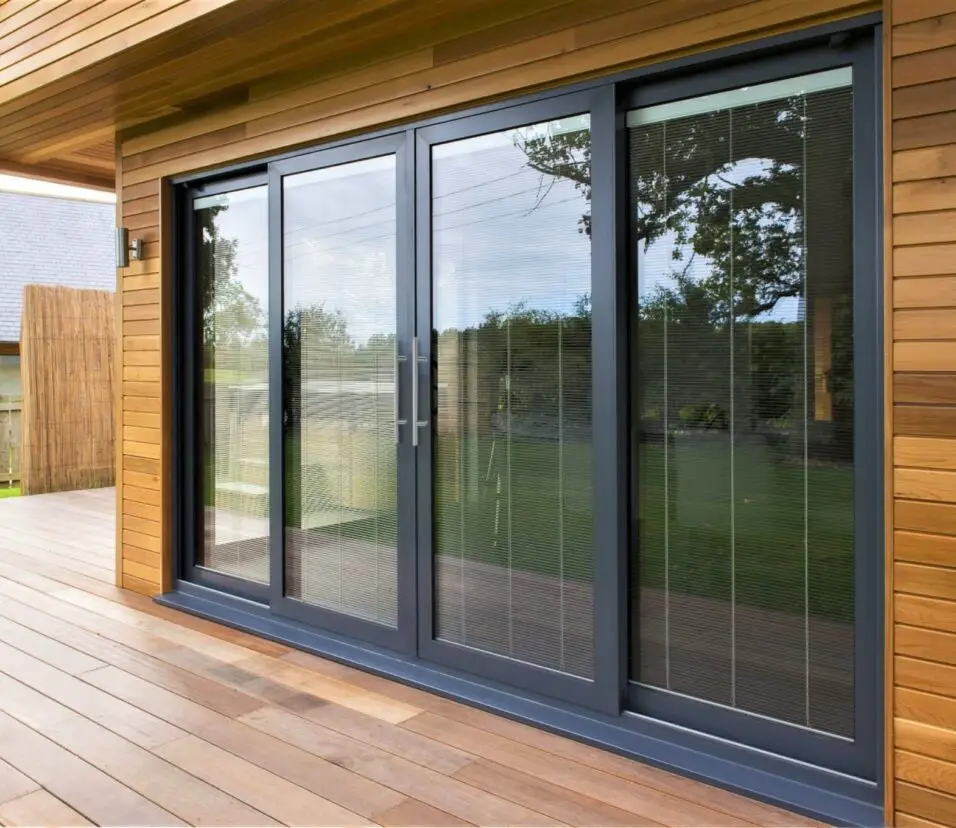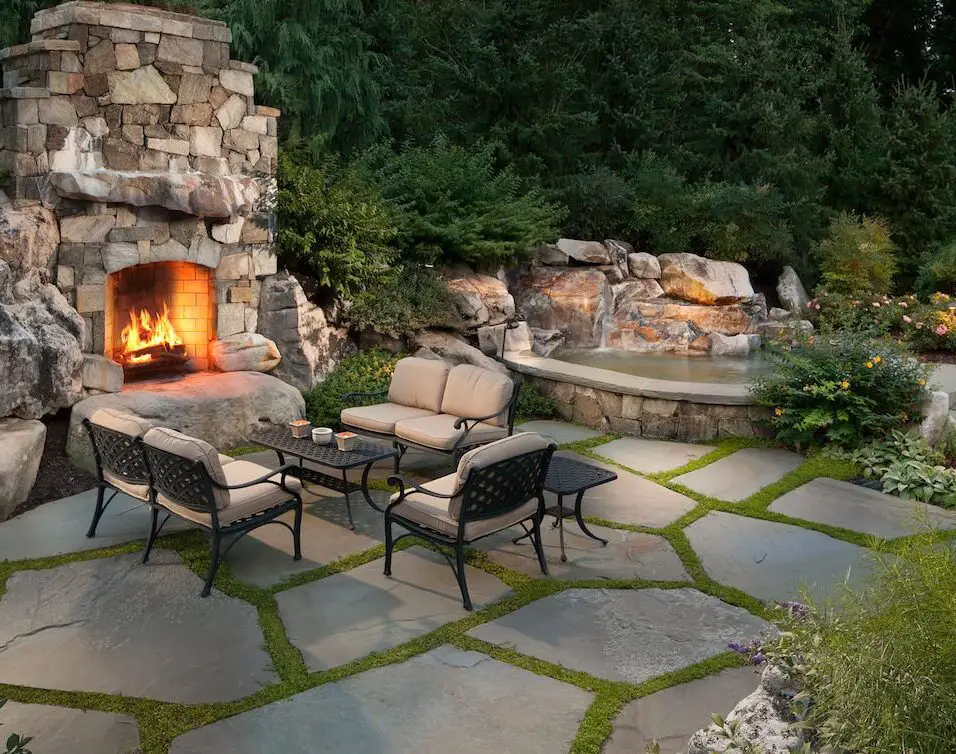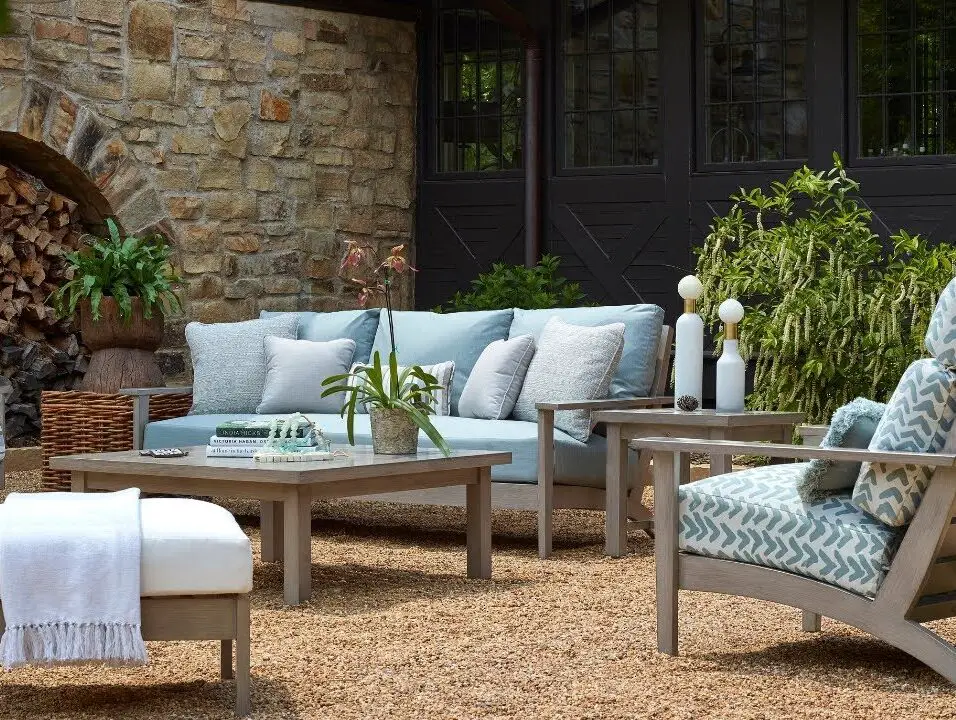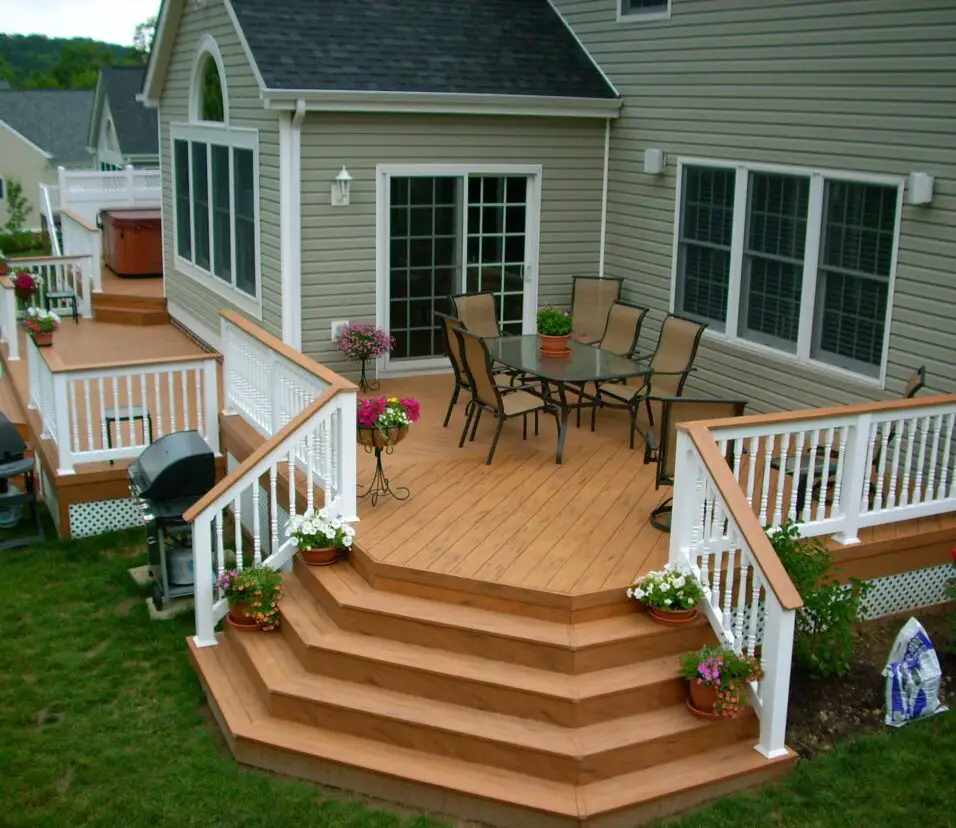How To Hang String Lights On Covered Patio Without Nails
Introduction
How To Hang String Lights On Covered Patio Without Nails: Before you begin, gather the necessary materials. You’ll need string lights (LED or fairy lights work great), outdoor-safe adhesive hooks or clips, extension cords (if required), and a ladder to safely reach the height of your patio’s ceiling. Take measurements of your covered patio’s perimeter to determine how many string lights you’ll need. Consider the available power outlets and plan where you want the lights to hang, such as along the edges of the ceiling or draped across specific areas. If your covered patio has an outlet nearby, great! Simply plug the lights in. However, if the nearest outlet is farther away, you can use outdoor-rated extension cords to reach it.
Look for adhesive hooks or clips specifically designed for outdoor use. These are usually weather-resistant and won’t damage the patio’s surface. Select hooks or clips that can securely hold the weight of the lights without falling off or block wind losing their grip over time. Ensure the patio’s ceiling surface is clean and dry before attaching the adhesive hooks or clips. Use a mild detergent or rubbing alcohol to remove any dirt, dust, or grime that could interfere with the adhesive. Carefully follow the instructions provided by the manufacturer to attach the hooks or clips to the patio’s ceiling.
Press firmly for a few seconds to ensure they adhere properly. Allow them to set for the recommended time before proceeding. Starting from one end of the patio, drape or attach the string lights to the hooks or clips you installed. Be gentle when arranging the lights to avoid damaging them. If your lights have multiple strands, connect them securely to cover the entire patio area. Strategically place the extension cords along the patio’s edges or corners, securing them with clips or tape to prevent tripping hazards.
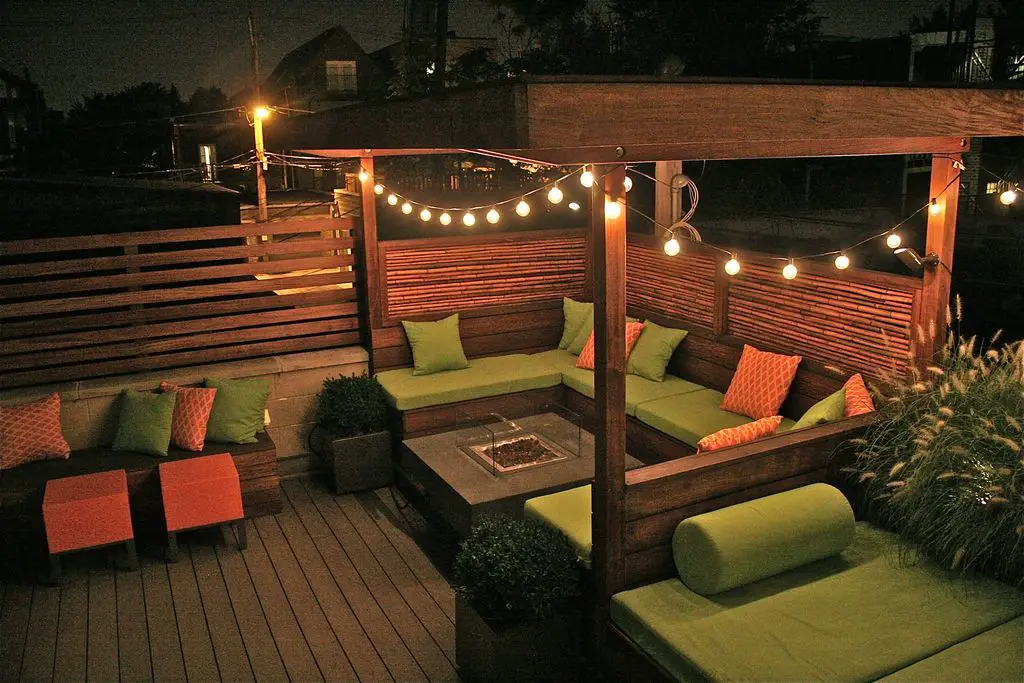
How do you hang string lights on an enclosed patio?
To attach the string lights to the covered patio, simply screw hooks into the ceiling (we do ours on the outside of the trim around the ceiling area) all around the patio. We did ours every few lights, you can do more or less depending on how much swag you want in your string lights.
Before diving into the hanging process, take some time to plan your lighting design. Consider the layout of your enclosed patio, the available power sources, and the atmosphere you want to create. Think about where you want the string lights to be placed – along the ceiling, across the walls, or draped along the perimeter. Visualize the pattern or arrangement you wish to achieve, as this will guide you throughout the installation.
Selecting the appropriate string lights is crucial to achieving your desired ambiance. Opt for weather-resistant and indoor-rated LED string lights, as they consume less energy, produce less heat, and have a longer lifespan. You can choose from warm white lights for a cozy feel, colored lights for a festive atmosphere, or even Edison-style bulbs for a vintage touch.
Ensure you have all the required materials on hand before starting the installation. You’ll need the string lights of your choice, outdoor-safe adhesive hooks or clips, extension cords (if necessary), a ladder, and a screwdriver (if using hooks).
Measure the length of the enclosed patio where you want the string lights to be hung. Use light pencil marks or masking tape to indicate the placement of the hooks or clips. Take into account the distance to the nearest power outlet if you need extension cords.
How do you hang patio lights on a concrete wall without drilling?
Command Strips
They work by creating a strong bond between the wall and the item being hung, and as well they are also easy to remove and won’t damage the wall when you have to do so. Command strips therefore are great option for attaching lights to the wall.
Start by selecting the appropriate patio lights for your space. Opt for outdoor-rated LED string lights or waterproof fairy lights that are suitable for exterior use. Make sure they have enough length to cover the area you want to illuminate on the concrete wall.
Before proceeding, measure the length of the concrete wall where you intend to hang the lights. This will help you determine how much lighting you need and where to position it for the best effect. Consider the location of nearby power sources as well.
Thoroughly clean the area of the concrete wall where you plan to attach the lights. Remove any dust, dirt, or debris to ensure better adhesion for the chosen hanging method.
Outdoor-rated adhesive hooks or clips are excellent alternatives to drilling holes. They provide a strong and temporary bond on concrete surfaces. Choose hooks or clips specifically designed for outdoor use and capable of holding the weight of your patio lights.
Following the manufacturer’s instructions, attach the adhesive hooks or clips to the cleaned concrete surface. Press firmly for a few seconds to ensure proper adhesion. Allow the hooks or clips to set according to the recommended time.
Can I use tape to hang string lights?
Adhesive wall hooks are perfect for hanging lights without putting holes in your wall. If you want to know how to discreetly hang fairy lights, try low-profile tape like Scotch tape. Rather than hanging the lights, try wrapping them around shelves, curtain rods or other decor.
Not all tapes are suitable for hanging string lights. Avoid using regular household tapes like masking tape or duct tape, as they may not have the strength or durability to hold the lights in place. Instead, opt for outdoor-rated mounting or mounting adhesive tape, double-sided tape, or heavy-duty adhesive strips designed specifically for hanging decorations and objects.
Before applying the tape, make sure the surface where you intend to attach the string lights is clean and dry. Remove any dust, dirt, or debris that could interfere with the tape’s adhesion. Cleaning the surface will help the tape adhere better and provide a more secure hold.
Before committing to hanging all the lights, test a small section of the tape on the surface to ensure it sticks properly and holds the weight of the lights. Pay attention to the weight of your string lights and choose tape that can handle the load without peeling off.
When applying the tape, press it firmly against the surface to ensure good adhesion. If you’re using double-sided tape or adhesive strips, follow the manufacturer’s instructions for the best results. Consider using several small pieces of tape spaced along the length of the string lights to distribute the weight evenly and prevent sagging.
If you’re hanging the lights indoors, regular mounting tapes or adhesive strips may be sufficient. However, if you’re hanging the lights outdoors, especially in areas exposed to weather conditions, make sure to choose outdoor-rated tape that can withstand moisture and temperature changes.
Do you need wire to hang patio lights?
Hanging lights with wire
Whether it’s an outdoor patio, pergola structure, open yard, or tree-filled glade, outdoor string lights will add magic. But in order to ensure longevity (especially if you want to string them overhead), I think the best way is to use support wire. Using support wires isn’t required.
If you want to hang string lights between two fixed points on your patio, such as between two walls or posts, you will likely need a support wire or cable. In this case, you’ll need to run a wire or cable between the fixed points and attach the string lights to it. The wire acts as the support structure, holding the lights in place securely.
For longer spans or when hanging multiple strings of lights, guide wire can be employed for added support. Guide wire is a thin, strong cable that runs above the patio and acts as the primary support for the lights. The string lights are then attached to the guide wire at regular intervals to maintain a straight and even line.
If you want to hang patio lights without using wire, there are alternative methods available. You can use outdoor-safe adhesive hooks or clips to attach the lights to the walls, ceiling, or other structures. These hooks or clips provide a non-damaging and removable solution, making them ideal for renters or situations where drilling is not preferred.
In some cases, patio lights come with freestanding fixtures that don’t require wire for support. These fixtures might include floor or table lamps with built-in lighting elements. These lights are easy to set up and move around, making them a versatile option for patios and outdoor spaces.
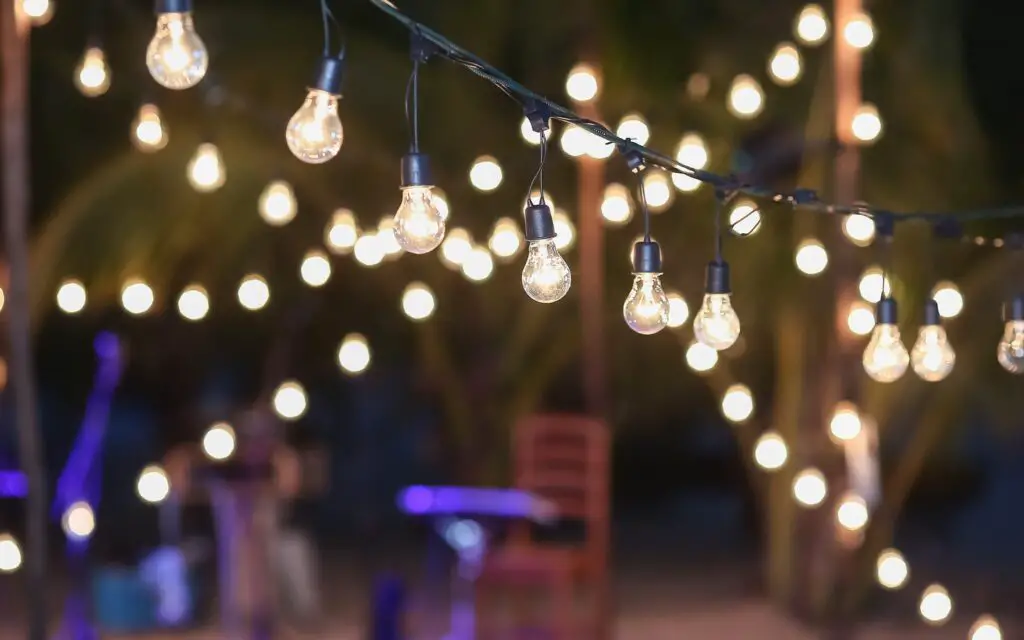
How do you hang string lights in a gazebo?
Simply hang your lights straight across your structure and then double back on yourself with the lights slightly further apart to create straight columns of light. Perimeter — If you want to frame your structure space, it’s a great idea to hang your lights around the edge of the gazebo.
Begin by measuring the interior of your gazebo to determine the length of string lights you’ll need. Consider where you want the lights to be hung – along the roofline, around the perimeter, or across the central area. Visualize the lighting design you desire, as this will guide you during the installation process.
Select string lights that are designed for outdoor use and are suitable for the size of your gazebo. LED string lights or fairy lights are popular choices, as they provide a warm and inviting glow while being energy-efficient and durable.
Before you begin, gather all the materials needed for hanging the string lights. You’ll require the string lights, outdoor-safe hooks or clips, extension cords (if necessary), and a ladder or step stool to reach the higher areas of the gazebo.
Ensure the interior of the gazebo is clean and free of any debris or cobwebs. This step is particularly important if your gazebo is not used frequently. Cleaning the surface will help the hooks or clips adhere better and ensure a secure installation.
How do you string patio lights without trees?
Use Posts. Posts are a great way to secure string lights across your yard in the direction of your liking. Using existing posts for support is advisable, or you can design a layout and add new posts wherever necessary. In an average backyard size, three to four posts might be sufficient.
If your patio has outdoor structures, such as pergolas, gazebos, or awnings, you can utilize these features to string the lights. Attach the string lights to the beams or rafters using outdoor-safe hooks or clips. If the structures have built-in hooks or eyelets, use them as attachment points for the lights. Alternatively, you can install screw hooks or eye hooks to create secure anchor points for the lights.
If your patio is surrounded by fencing or railings, they can serve as excellent support for the string lights. Use outdoor-safe adhesive hooks or clips to attach the lights to the top of the fence or railing. For added support, you can also run guide wire between the fence posts or railings and hang the lights from the wire at regular intervals.
If your patio has poles, posts, or columns, they can be utilized as anchor points for the string lights. Attach the lights to the poles using outdoor-safe hooks or clips. You can create a charming canopy effect by running the lights in a crisscross pattern between multiple poles.
Consider using freestanding structures like trellises, arbors, or umbrella stands to hang the string lights. These structures can be easily moved and positioned to create the desired lighting effect. Attach the lights to these structures using hooks or clips, or consider wrapping the lights around the frames for a unique and enchanting display.
Can string lights be used outside?
Incandescent bulbs are appropriate for outdoor use as long as they are protected from direct contact with water, but it’s advisable to use string lights that are designed for ‘all-weather’ conditions. Incandescent bulbs are not energy efficient compared to LED bulbs.
Outdoor string lights are constructed with durable and weather-resistant materials that can withstand rain, wind, and other outdoor elements. They are typically designed to be water-resistant or waterproof, protecting the electrical components from moisture and ensuring safe and reliable operation in various weather conditions.
To prevent fading or discoloration, outdoor string lights are often made with UV-resistant materials. This ensures that the lights maintain their vibrant colors and appearance even when exposed to direct sunlight for extended periods.
Outdoor string lights are designed with safety in mind. They come with proper insulation and weatherproofing to prevent electrical hazards. Additionally, many outdoor string lights use energy-efficient LED bulbs, which produce minimal heat, reducing the risk of overheating or fire.
Outdoor string lights offer various installation options to fit different outdoor spaces. They can be hung along fences, railings, pergolas, or attached to walls and ceilings using hooks or clips. Some outdoor string lights come with built-in support cables, making it easy to string them between poles or columns. Freestanding structures such as umbrellas or garden trellises can also be used to hang outdoor string lights.
Where do you hang outdoor patio lights?
You aren’t limited to hanging patio lights overhead or stringing lights across the backyard. You can also string lights around a railing, on a wall, around trees, or on porch posts. So, as you consider how to hang string lights on a balcony or covered porch, look at the railings and get creative!
One of the most common ways to hang patio lights is along the roofline of your patio or outdoor structure. If you have a covered patio, pergola, or gazebo, you can attach the lights to the beams or rafters. This placement creates a beautiful overhead canopy of lights, casting a soft and enchanting glow over the entire area.
Hanging string lights along the fence or railing surrounding your patio can define the space and add a touch of charm to your outdoor area. Use outdoor-safe hooks or clips to attach the lights at the top of the fence or railing, creating a cozy and intimate setting.
If your patio has columns, posts, or support structures, consider wrapping string lights around them. This not only provides support for the lights but also enhances the architectural features of your patio.
If you have tall poles or trees in your outdoor space, you can string lights between them to create a captivating and magical effect. Use guide wire or support cables for added stability, especially for longer spans.
If your patio features umbrellas or canopies, attach string lights to the underside of these structures for a delightful and charming illumination during evening gatherings or al fresco dining.
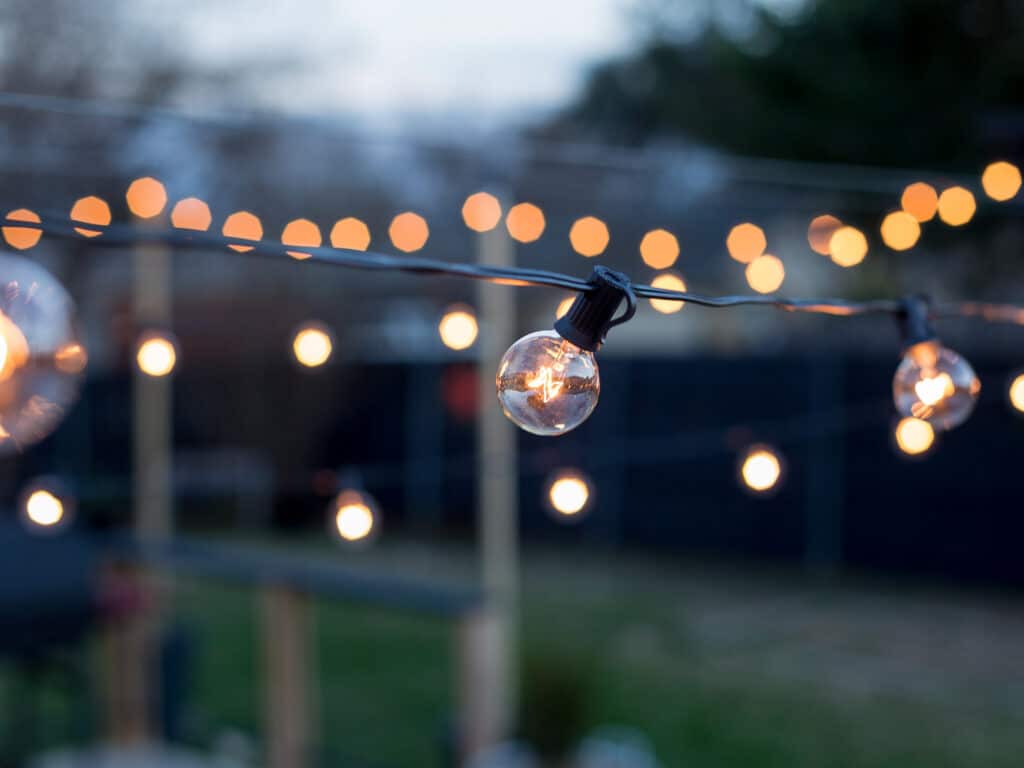
Conclusion
Depending on the atmosphere you want to create, consider different types of light bulbs. Warm white LEDs provide a cozy and inviting glow, while colored bulbs can add a festive and playful touch to your outdoor space. Don’t be afraid to get creative with how you hang the string lights. Try different patterns, such as draping them in waves, zig-zags, or crossing them in an “X” shape. Experimenting with patterns can elevate the overall aesthetic and make your patio uniquely yours.
To create the perfect ambiance for any occasion, consider using dimmers or timers for your string lights. Dimmers allow you to adjust the brightness, while timers can automatically turn the lights on and off at predetermined times, saving energy and making your life easier. Complement the string lights with other outdoor lighting elements, such as lanterns, solar-powered pathway lights, or flameless candles. This combination of lighting sources adds depth and layers to the overall lighting scheme, creating a magical and multi-dimensional effect.
Since your string lights will be exposed to the elements, ensure that the connections are weatherproofed using electrical tape or outdoor-rated connectors. Additionally, consider investing in weather-resistant string lights to prolong their lifespan and maintain their performance in various weather conditions. Take advantage of the versatility of string lights by incorporating them into your seasonal decorations. During the holidays, you can add ornaments or hang garlands alongside the lights to infuse festive cheer into your patio.



